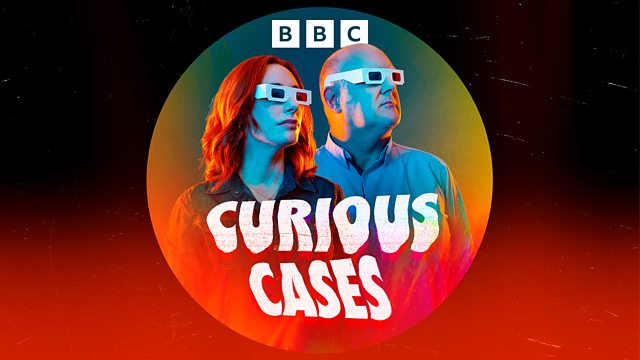Good Vibrations?
Hannah Fry and Dara Ó Briain investigate how resonance can both bring down bridges and help spiders catch lunch; and ponder how various types of vibrations affect humans.
It turns out that the whole world wobbles. Everything has a natural frequency - the rate at which it moves when disturbed - be it a cup of tea, a building or a human organ.
Even more incredibly, if an external force matches an object's natural frequency, it causes it to absorb that energy and vibrate with increasingly large waves; and that can have consequences, from helping a spider find its lunch to making a bridge collapse.
On the trail of good and bad vibes and everything in between, Hannah and Dara investigate whether the famous 1940 collapse of the Tacoma Narrows Bridge in the USA was really down to resonance, explore examples of resonance in nature, and find out what this mysterious vibration can do to the human body: from the pressures of repetitive tractor-driving, to absorbing the reverberations of certain instruments...
To submit your question to the Curious Cases team, please email: curiouscases@bbc.co.uk
Contributors:
- Helen Czerski, Professor of Physics at University College London
- Wanda Lewis, Emeritus Professor of Civil Engineering at Warwick University
- Phillip Moxley, Senior Research Associate at the University of Southampton
- Sana Bokhari, sound therapy practitioner
Producers: Lucy Taylor & Emily Bird
Executive Producer: Alexandra Feachem
A ��ѿ��ý Studios Audio Production
Last on
More episodes
Previous
Broadcasts
- Saturday 10:00��ѿ��ý Radio 4
- Monday 15:30��ѿ��ý Radio 4
Why do you see faces in unexpected places?
We are “hardwired” for recognising faces and it starts at birth.
Podcast
-
![]()
Curious Cases
Hannah Fry and Dara Ó Briain tackle listeners' conundrums with the power of science!


